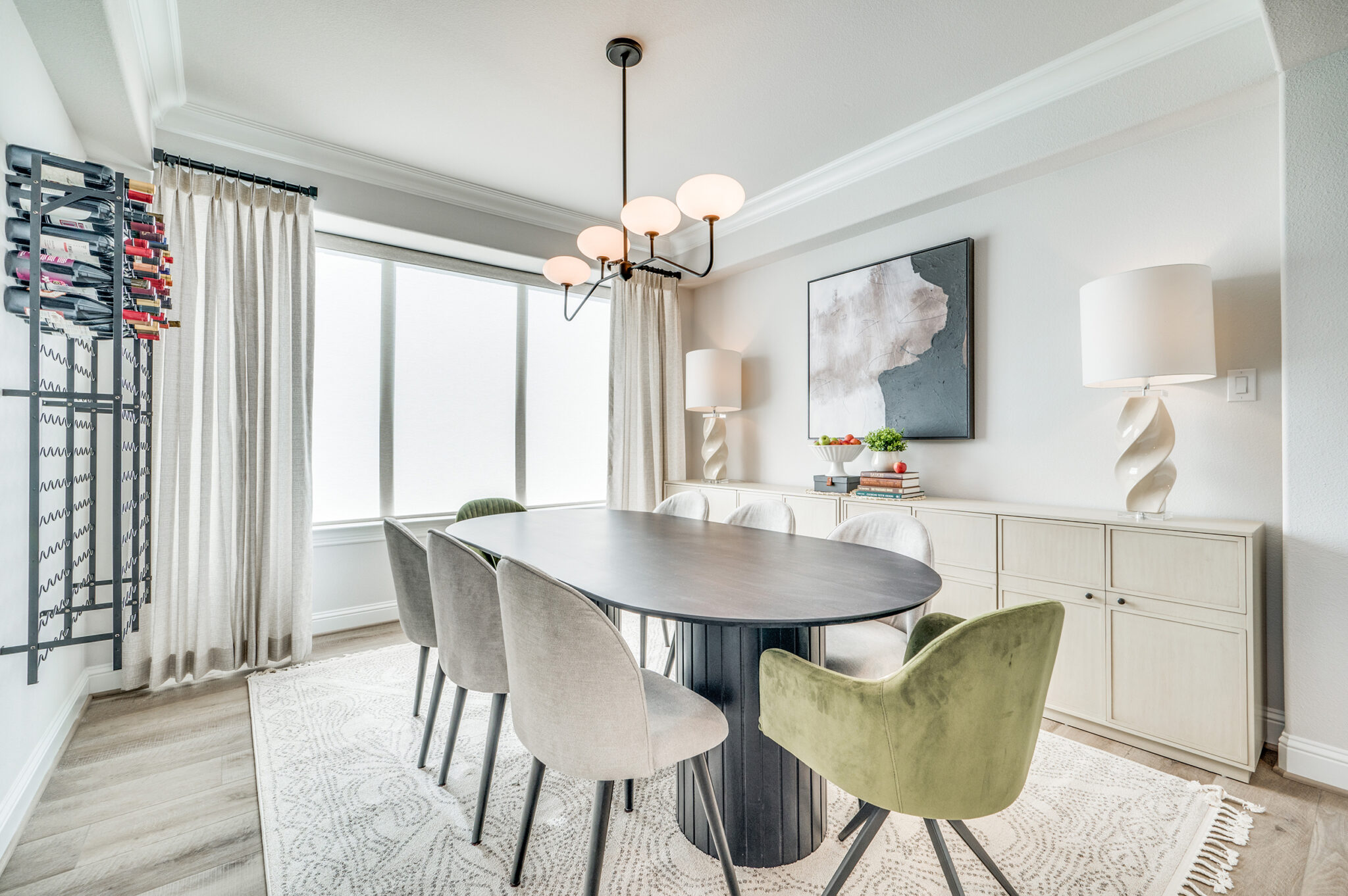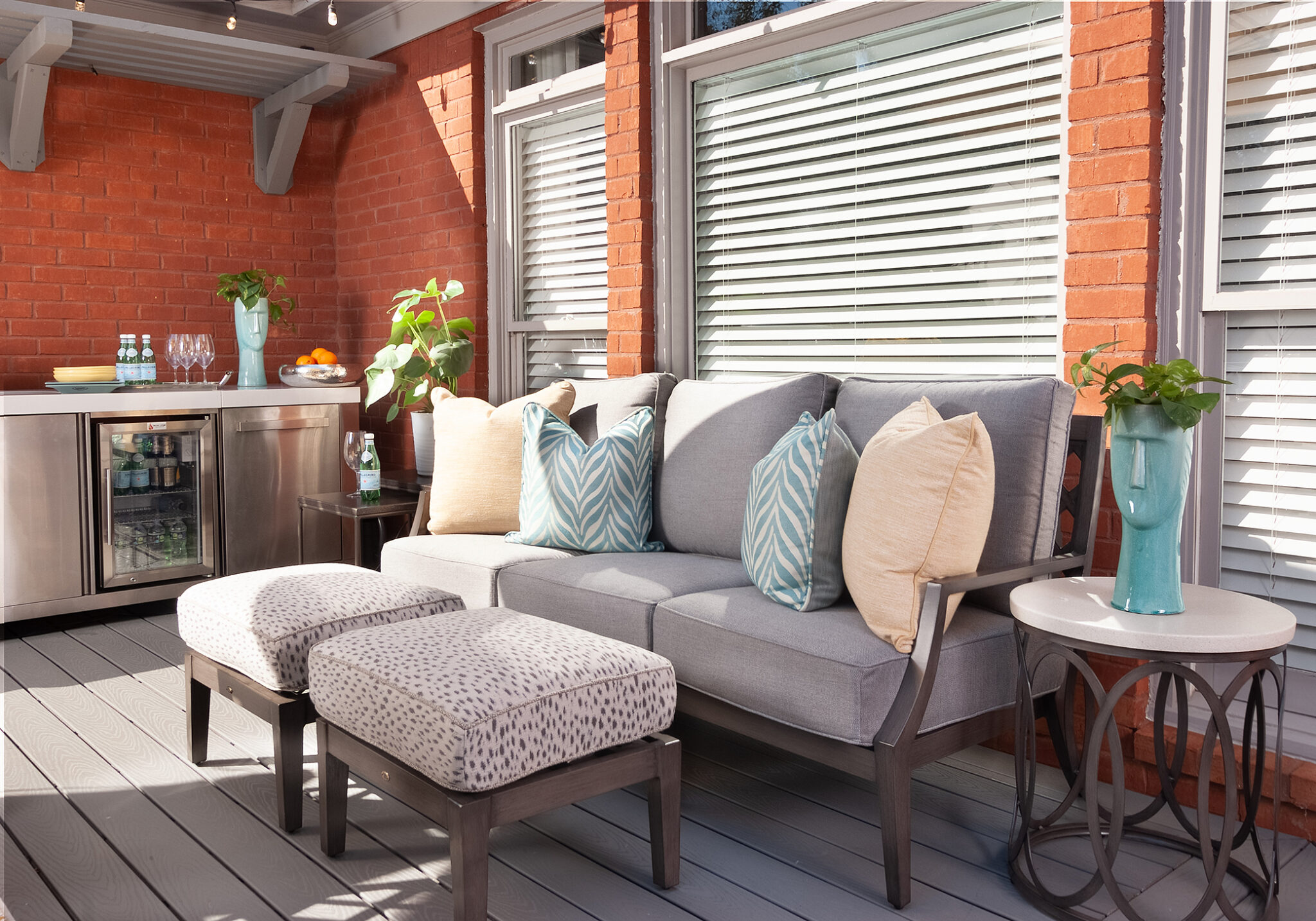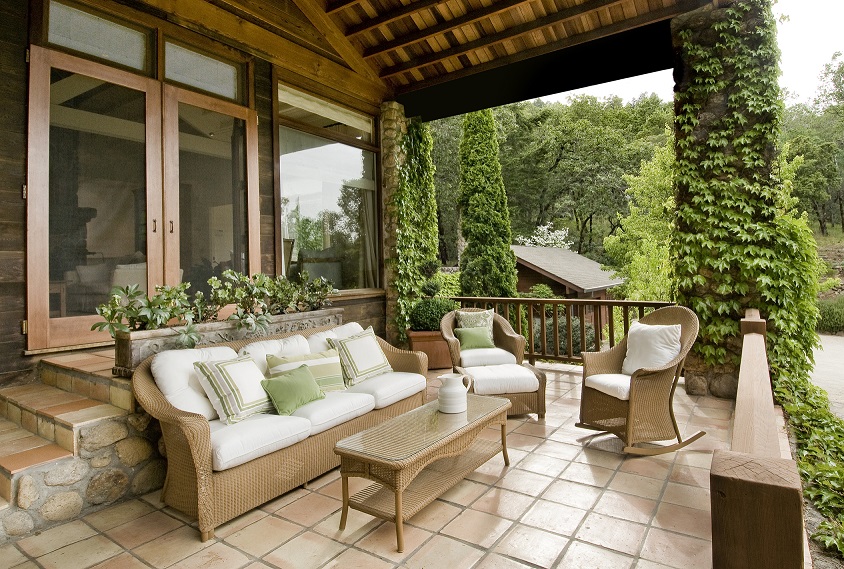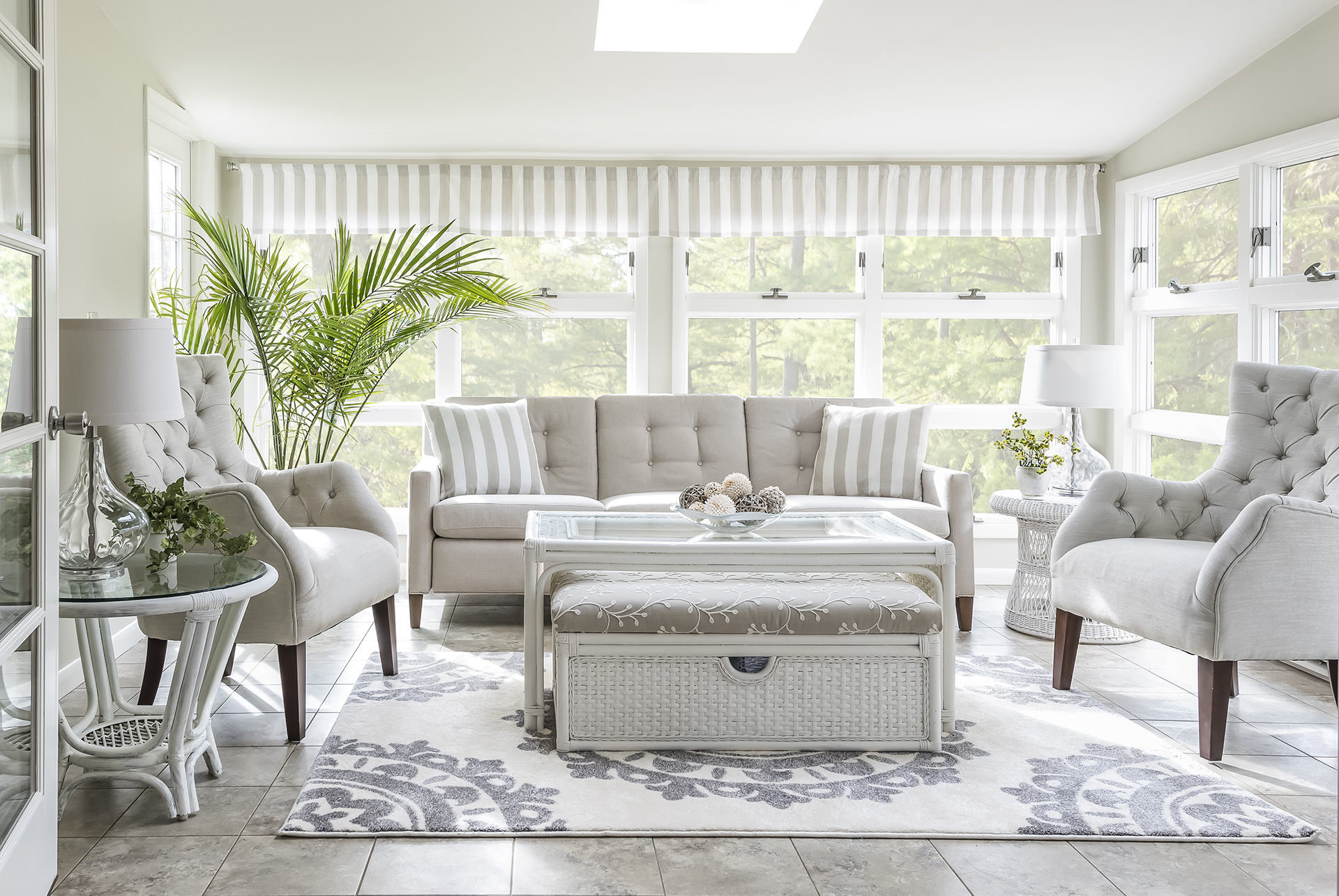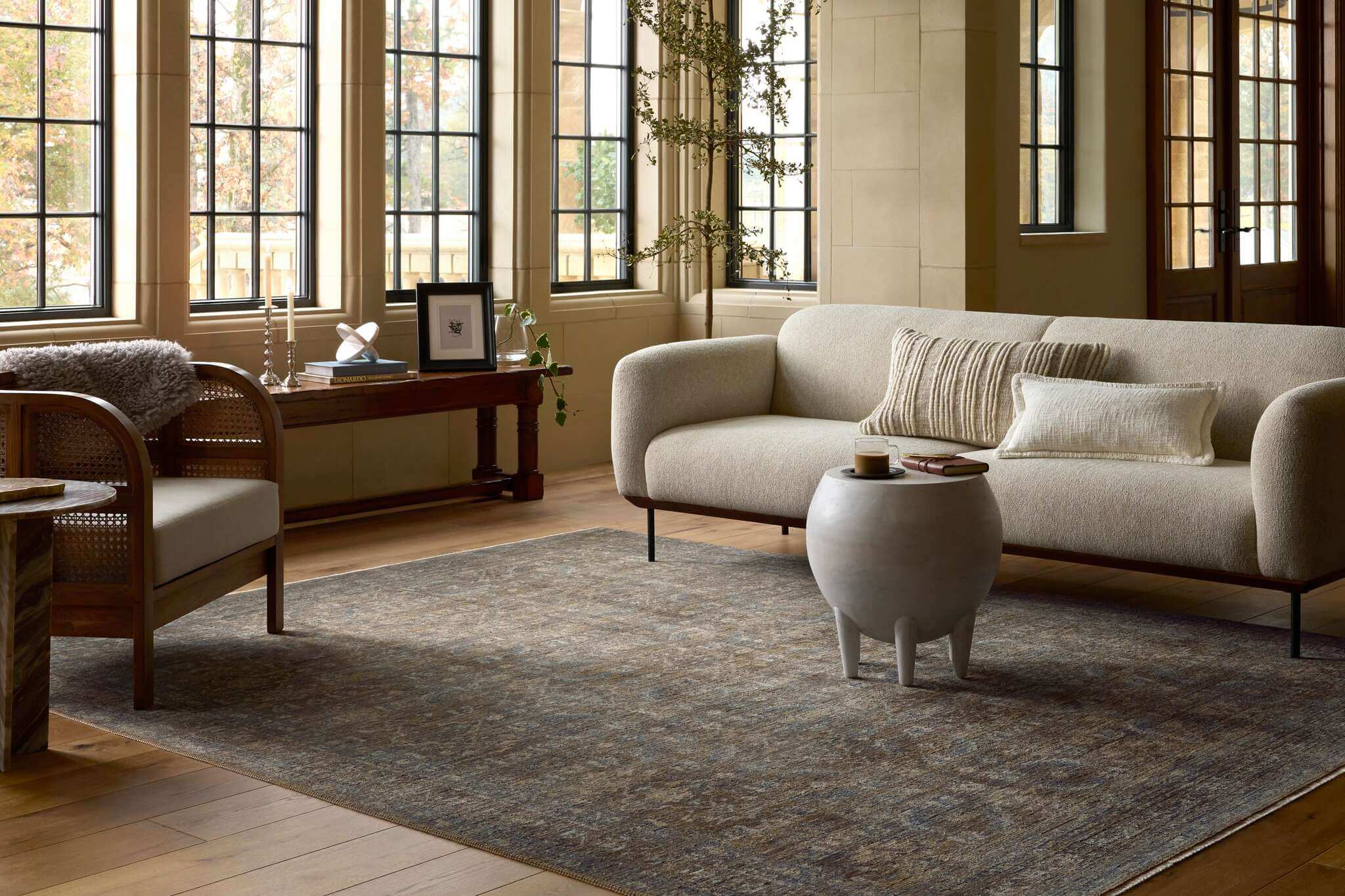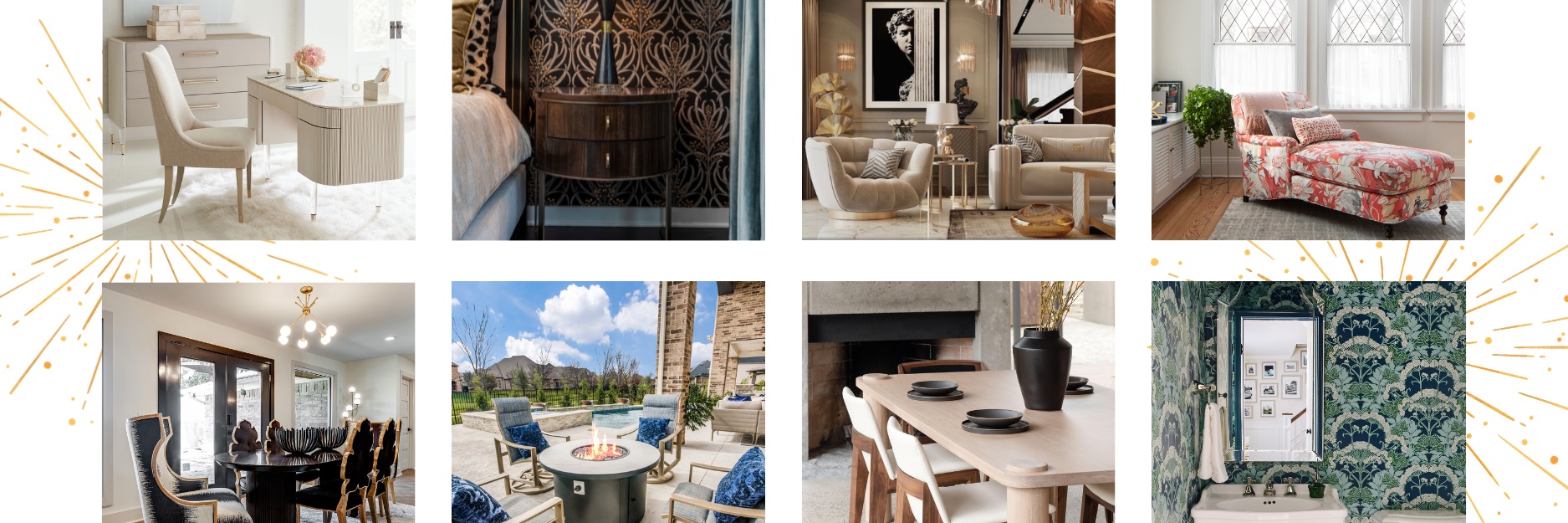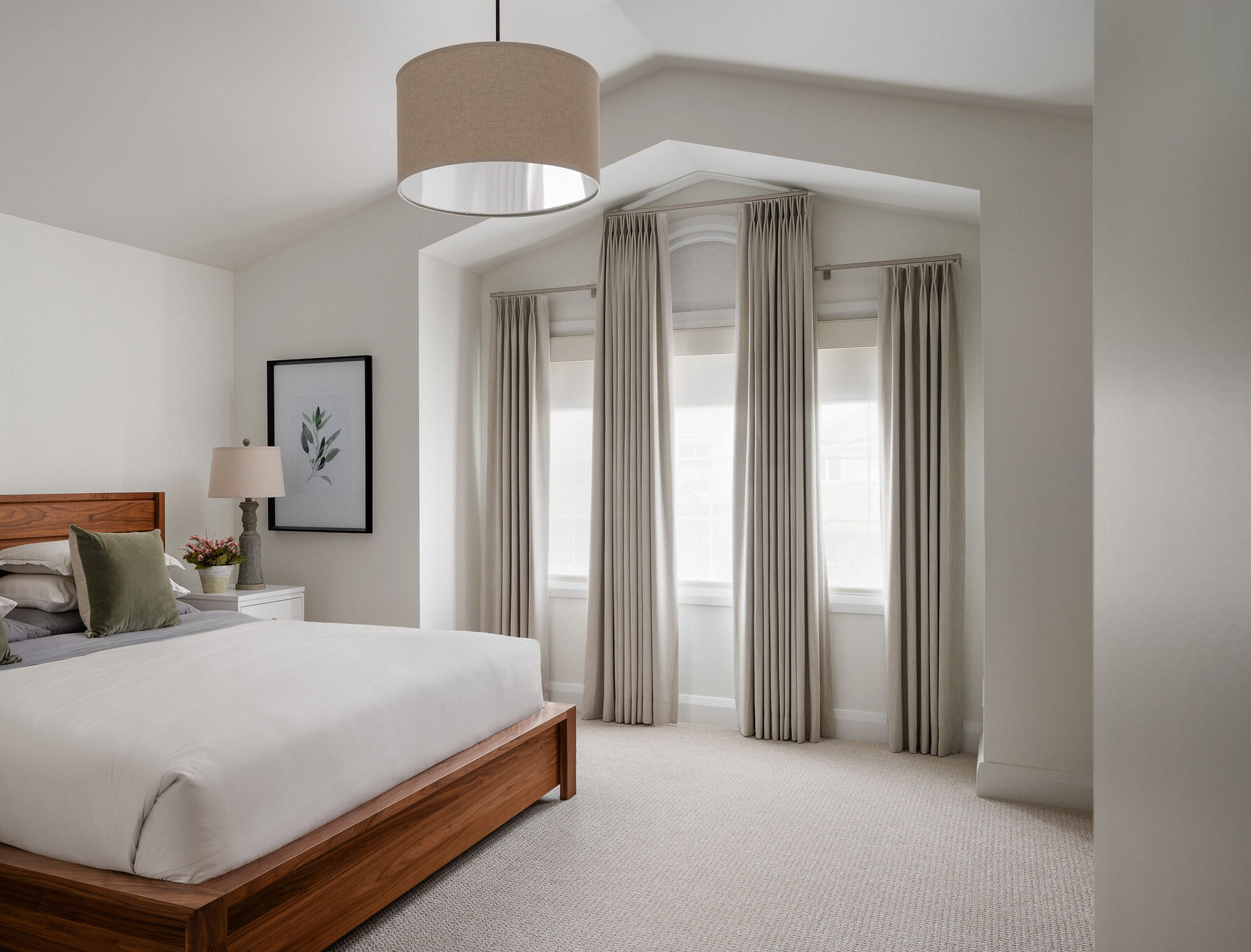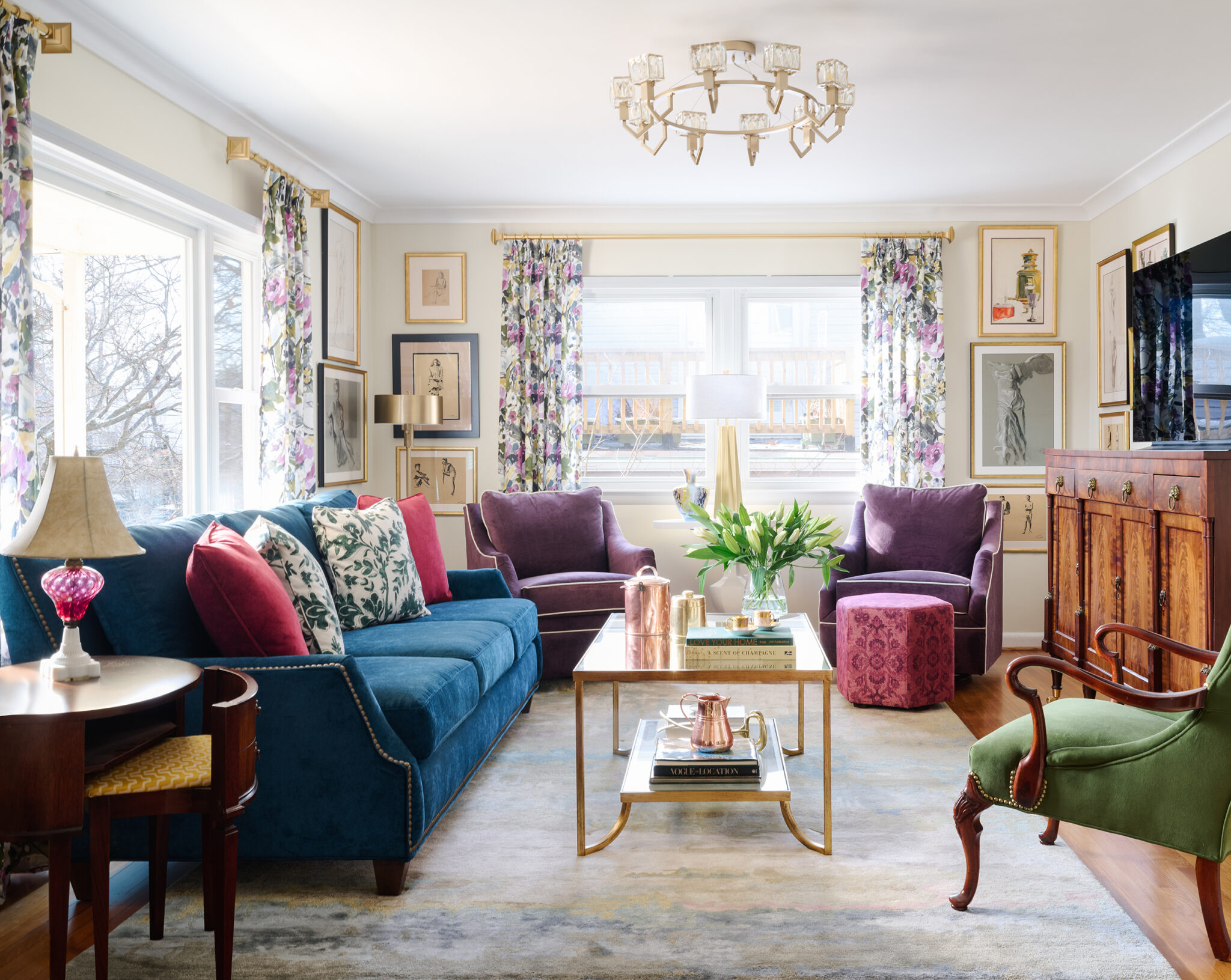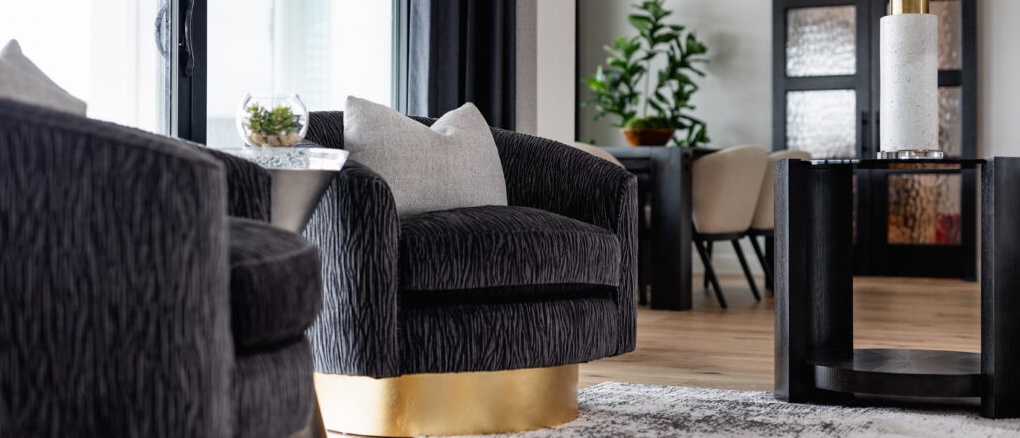Reading Time: 2 Minutes
Tastes in dining room style are as diverse as those in food. Dining rooms tend to reflect an individual’s unique personality and lifestyle, sometimes drawing on different styles to make it feel like just right.
Communal dining was common in ancient Mesopotamia, Egypt, Greece, and Rome, but it was reserved for the wealthy. Medieval castles and monasteries continued to have communal dining halls which took place in the great hall. As the setting for social and administrative functions, the great hall marked the beginning of multi-functional spaces for dining, socializing, and other activities.
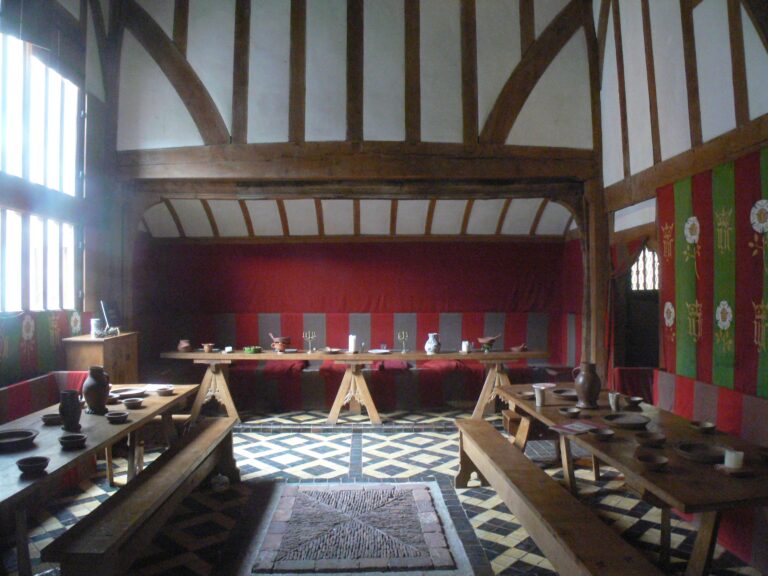
As dining spaces evolved through the centuries, elaborate furniture, tapestries, and artwork became more prevalent. During the Victorian era, dining rooms were lavishly decorated and furnished, table settings were elaborate, and formal dining etiquette was strict.
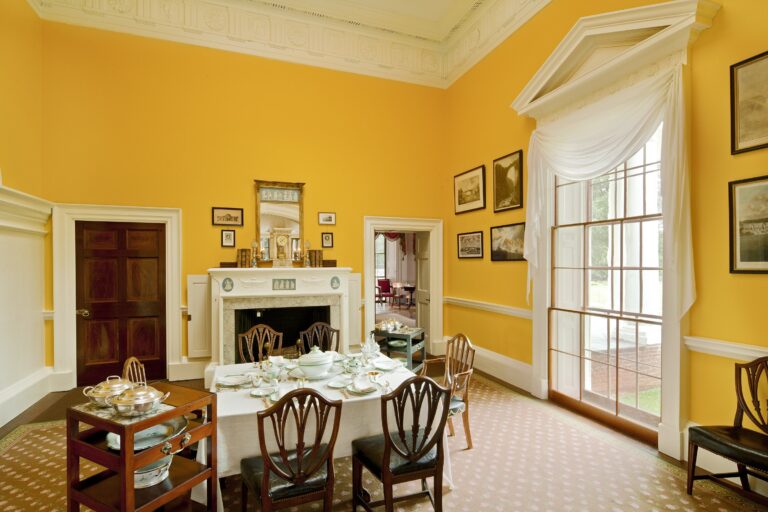
The Industrial Revolution ushered in a rise in separate dining rooms in middle-class homes, reflecting a growing emphasis on privacy and family life. With changing social norms and the rise of smaller, more intimate families, early 20th-century dining habits became more casual. In middle-class homes, dining rooms have become less formal and multipurpose. As lifestyles and architectural trends change, dining rooms continue to evolve.
Selecting the Table Shape
In general, the area and shape of the available space will dictate a lot of decisions, but the choice of table shape and style plays a central role in creating an attractive space. Often, the choice is dictated by the table’s intended purpose.
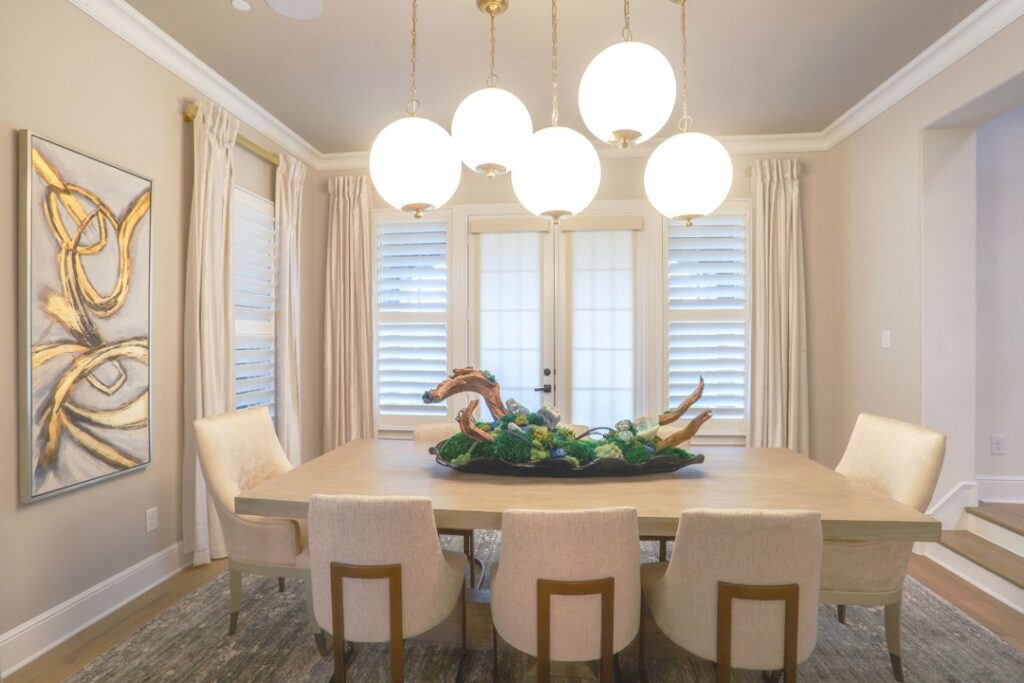
The rectangular table has been the standard form since ancient times. Over time, they have become larger and more elaborate in their design. Throughout the 20th century, different forms and styles of dining tables evolved to reflect changing tastes and lifestyles. Smaller round and square tables became popular within kitchens and breakfast nooks, while rectangular tables continued to be popular in formal dining rooms. A round or oval table promotes more interaction since each guest can see
everyone’s face.

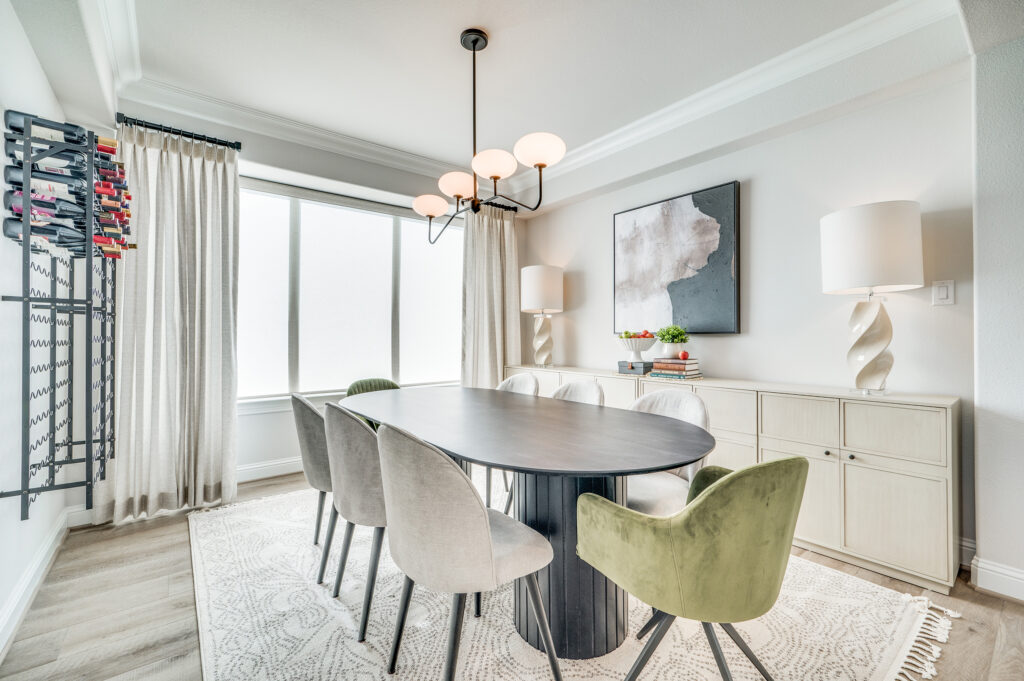
Modular, and extendable tables have become popular for their space-saving features, making them ideal for smaller apartments and homes. A glass-topped table will make your space appear larger by creating a light, airy feel.
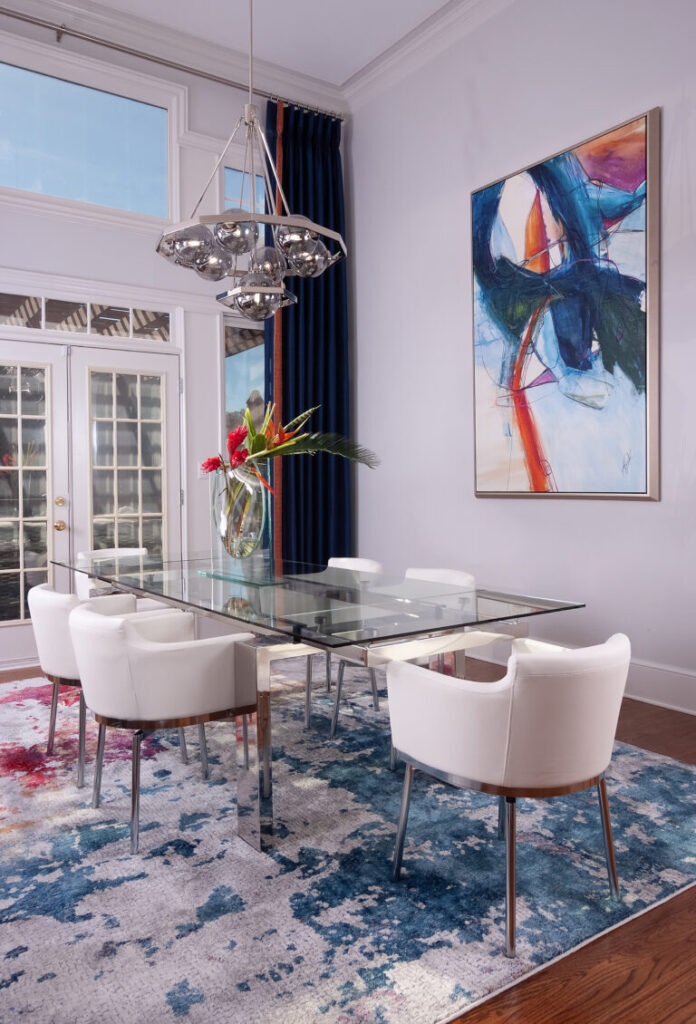
Furniture for storage will also be determined by the space being used. Today, there is more variety than ever before. From dinnerware and glassware to table linens, cutlery, and even extra pantry items, dining room storage units are designed to accommodate a variety of items.

Storage pieces that provide surfaces for displaying art or decorative items are great way to add your personality in the dining room. Today, dining rooms are a far cry from the traditional dark, draped, and heavy moldings of the past. Nowadays, they are more likely to be decorated with colour. Even a traditional look can be enhanced with patterns and textures.
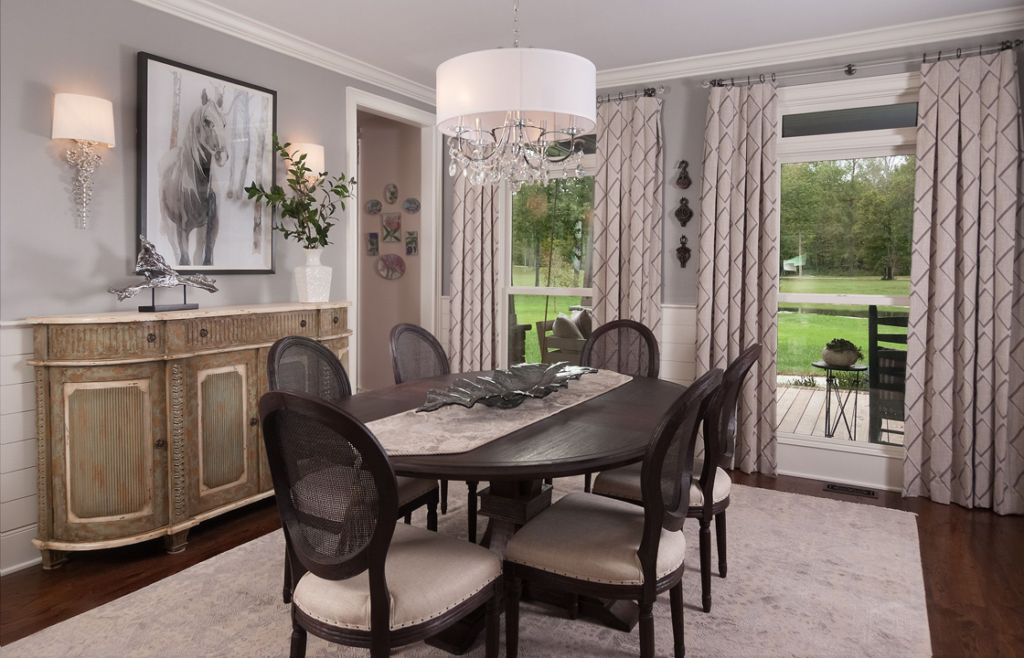
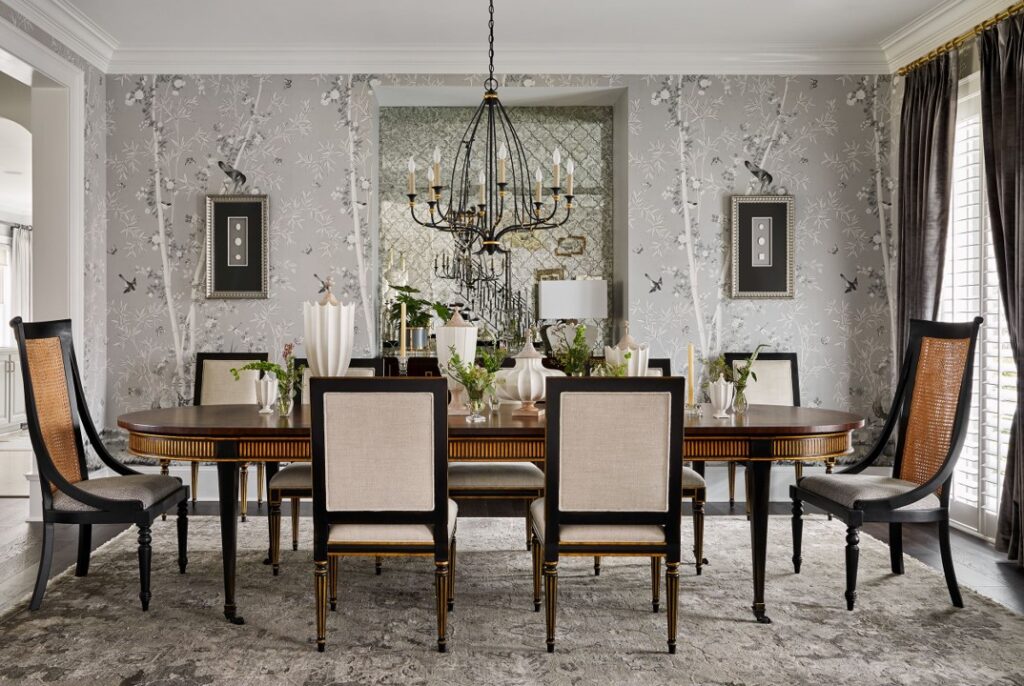
There are many different styles to choose from for your dining room. The modern/contemporary style offers clean lines, minimalist aesthetics and functional features. Other style options include rustic farmhouse, Scandinavian design, Japandi, industrial, Bohemian, coastal, mid-century modern, eclectic, and traditional.
Making the right choices can be easier with the guidance of a professional. Let Saree Parry help you create a dining room that looks and feels right. Contact her to get started.

